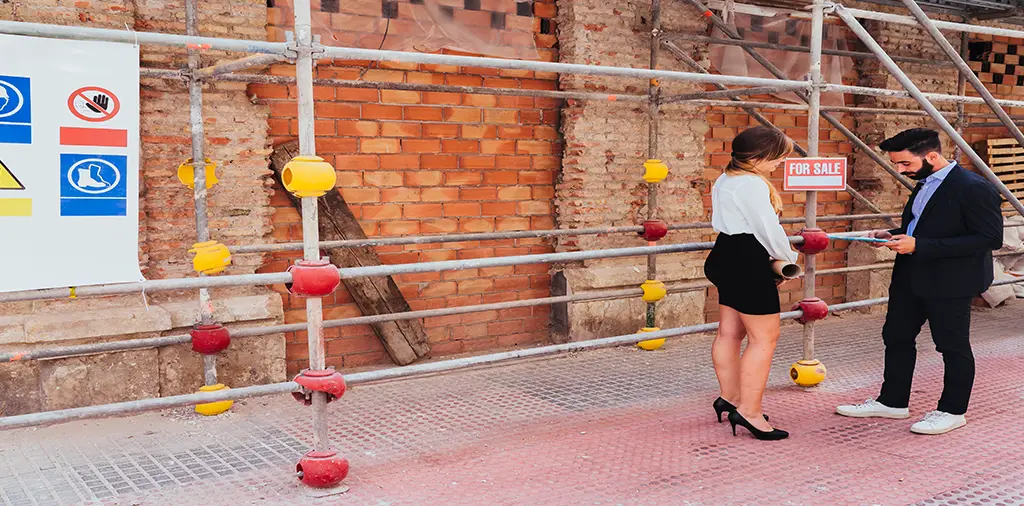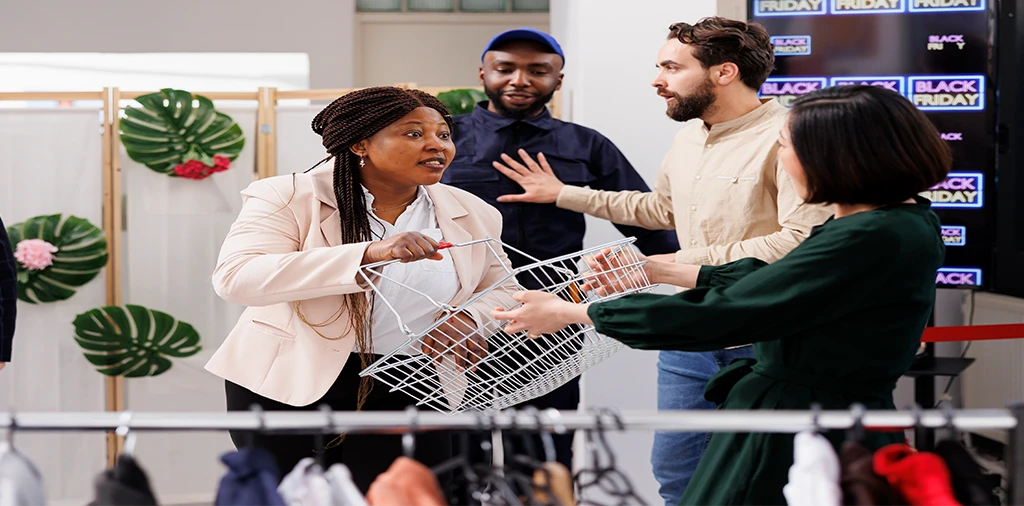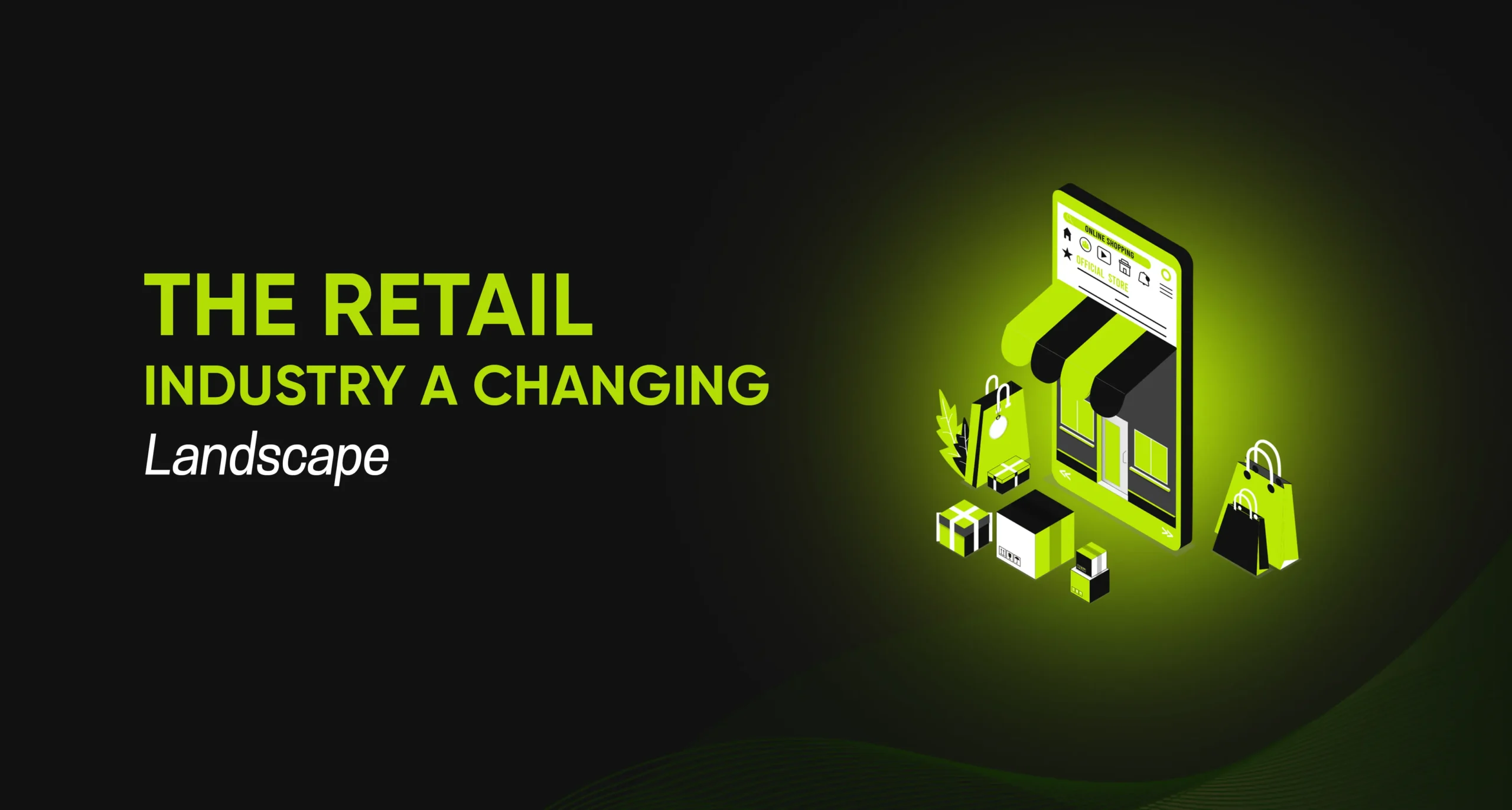The Retail industry links businesses with buyers. It includes the sale of goods and services. Every store, from small shops to large chains, is part of it. The industry touches daily lives and supports many economies.
Over the past years, it has changed. New tools, routines, and needs shape the market. Today, both online and offline sellers compete side by side.
As a result, change is no longer slow.
Types of Retail
Brick-and-Mortar Retail

Many shops still run as brick-and-mortar stores. These physical stores offer face-to-face service. Customers can try products and enjoy real-time help. Many people shop online, but a certain number of individuals still prefer to visit physical stores.
Online Retail
Ecommerce has grown fast. It offers ease, speed, and a wide range of choices. From fashion to furniture, shoppers can buy with a click. Online stores run 24/7 and often cost less to keep running.
Omnichannel plan
Many brands now use both models together. They sell in stores and online. We call this the omnichannel retail plan.
It helps more people use the product and enjoy it. When done right, it brings better sales.
Direct-to-Consumer (DTC)
Some brands skip in-between sellers. They sell straight to buyers. This way of doing business gives them more control. It also helps in building a loyal base.
Want to Stand Out in the Retail Market?
Adopt tech, go green, and understand your buyers. Start building your future-ready store today.
Key Components of the Retail Industry

Supply Chain
Products must move fast and smoothly. A smooth supply chain assists shops in making timely restocking. Mistakes that result in delays are costly in both trust and money.
Inventory Management
Stock control is key. Too much or too little can hurt sales. Smart systems now track products in real time.
This meets customer needs in the right way. It saves time by cutting out extra steps. Users finish tasks without wasting effort.
Customer Service
Happy customers often return. Friendly, fast help is now a must. Good service deeply changes how people feel when shopping.
Store Layout and Design
The way a retail store looks matters. Proper design attracts customers. Easy instructions, broad aisles, and a quick register make it a better visit.
Technology in Retail
POS Systems
Modern point of sales (POS) systems boost sales. They also track stock, sales, and trends. Many stores depend on them to run better.
Mobile Payments
People now pay with their phones. This way is fast and safe. It also adds ease to the shopping process.
AI and Automation
Retailers use AI to study habits. It helps offer a more personal experience to shoppers. Machines now handle tasks that once needed people.
Virtual Tools
Some stores now offer AR and VR tools. They let buyers try items before buying. These tools make online shopping more real.
E-commerce and Digital Growth
Online retail has changed the game. Consumers now make purchases from home, offices, or while traveling. It saves time and often money.
With fewer costs, online stores can offer better prices. They also serve more people, anywhere in the world. But running them still brings many challenges.
Trust, delays, and returns can also be problems. Yet, the growth continues.
Consumer Behaviour Trends
Changing Habits
Shoppers today want fast service and smooth experiences. They review, compare prices, and look at offers. Their trend determines retailing.
Fast Delivery
Speed is now a top need. Most of them expect last-minute or next-day delivery. Retailers have to change to keep up with the competition.
Personalization
Buyers like products made just for them. Stores use information to give people more personal experiences. This creates trust and increases sales.
Social Media Effect
Many people find brands online. This is a reason for consumers to buy because of review texts, videos, and photos. A good online image is essential.
Retail Marketing Strategies

In-Store Promotions
Offers and deals attract customers. Flashy signs, samples, and bargains make the visits interesting and useful.
Email Campaigns
Emails can remind buyers of new stock, sales, and news. When used well, they bring repeat sales.
Social Media Campaigns
Posts, reels, and ads spread fast. They also create brand voice and confidence.
Loyalty Programs
Many brands now reward repeat customers. The programs provide points, offers, or prizes. This boosts customer experiences and keeps people coming back.
Challenges in the Retail Industry
The retail industry faces many problems. Prices are rising. Delays in the delivery of supply chains are still happening. And customers expect more.
Details of rent, staff, and stock costs have gone up. This cuts profit and changes pricing.
Supply Chain Delays
Global issues slow down product flow. Late stock hurts trust and sales.
Customer Expectations
People want more now. They seek ease, speed, and value. Meeting all needs is not easy.
Market Competition
Many brands now sell similar items. To stay ahead, sellers must stand out.
Sustainable Practices in Retail
Buyers care more about the planet. They now look for green options.
Eco-Friendly Packaging
Less plastic and more paper matter. Recycled materials are now in demand.
Ethical Sourcing
People check where items come from. Fair trade and safe labor matter to the thoughtful buyer.
Reducing Waste
Brands now track and cut waste. Smart tools help avoid extra stock or packaging.
Green Supply Chains
Some sellers now choose local suppliers. This cuts fuel use and speeds up delivery.
Future of the Retail Industry
Smart Stores
Tech-driven stores are growing. They use sensors and data to serve faster. Some even need no staff.
More AI Use
AI will help more in stock, service, and sales. It saves time and improves accuracy.
Personalized Shopping
More stores will offer custom choices. This helps match what the customer wants. It also builds trust over time.
Blending Digital and Physical
The line between online and offline will blur. A visit to a department store may start online. Buyers may order online and pick up in-store.
Ready to Grow Your Retail Store?
Use smart tools, offer great service, and build lasting customer trust. Let’s help you get started.
Conclusion
The retail industry is fast-changing. New tools, new habits, and new needs shape it daily. From department stores to small online shops, all must keep up.
To stay ahead, sellers must listen, adapt, and act fast. Those who accept change will thrive. Others may fall behind.
The future of retail is not just about selling. It means knowing the buyer well. Then, creating real and simple shopping experiences.
Any store can grow with the right steps. This helps it shine in today’s market.



